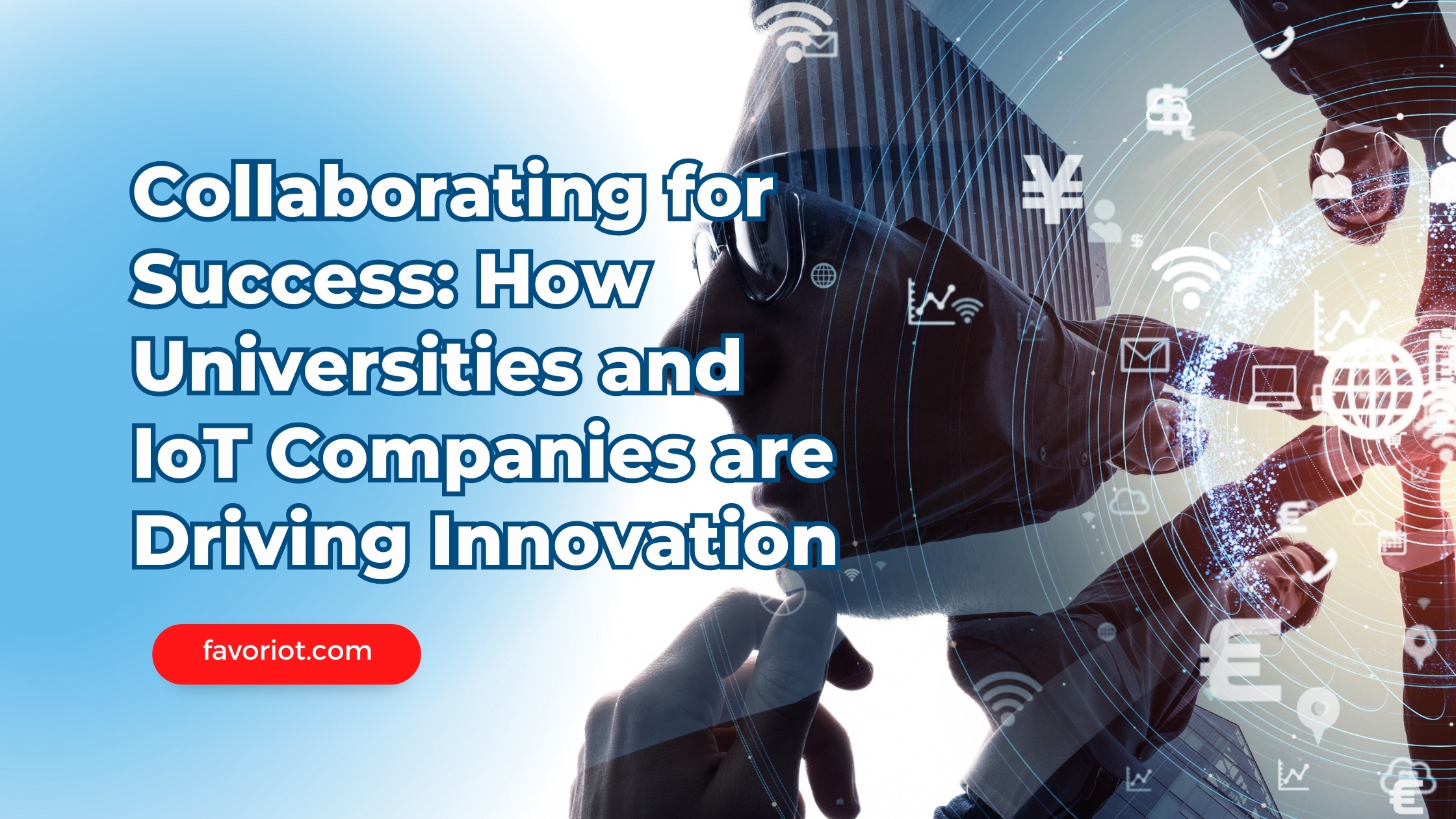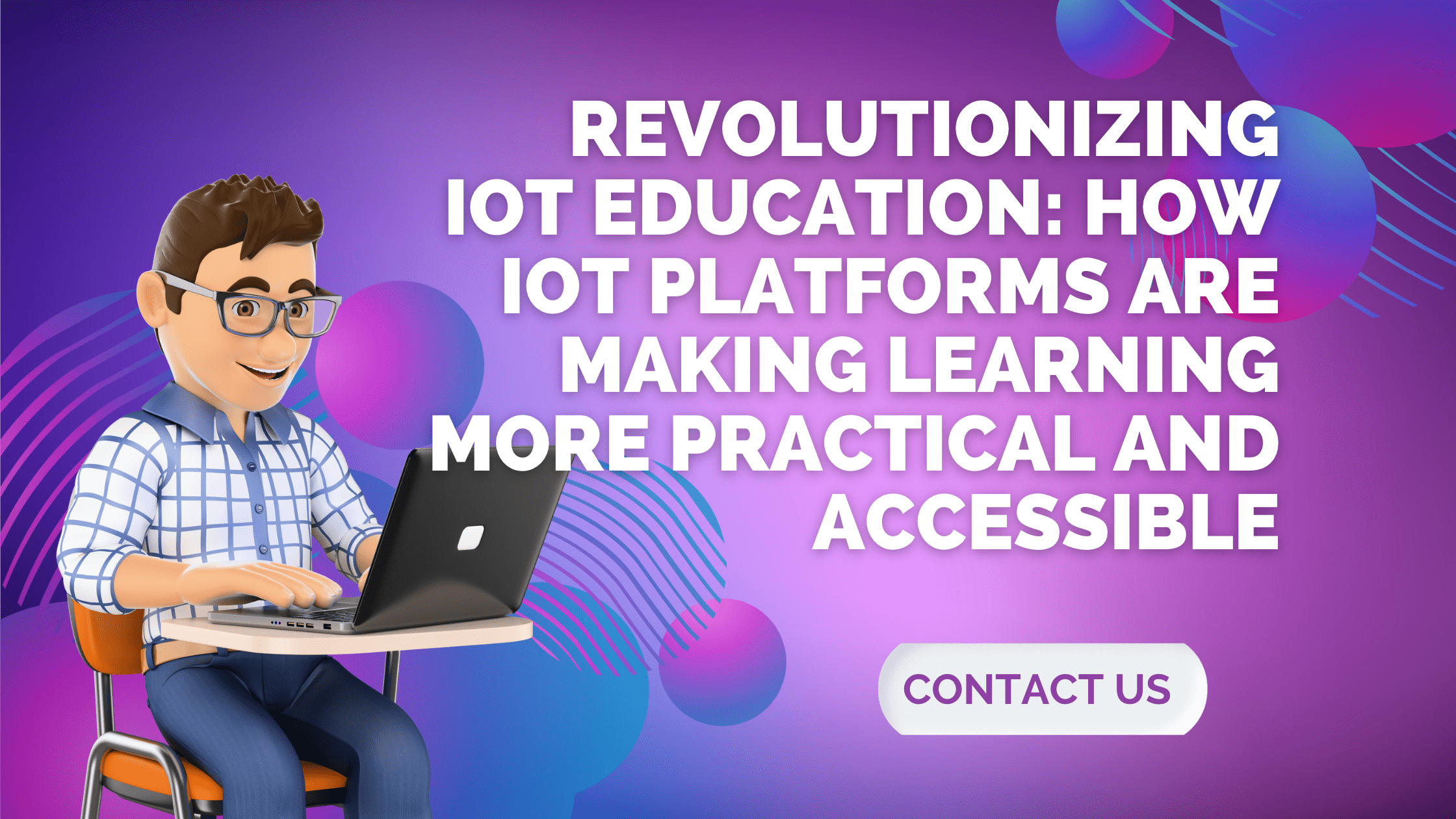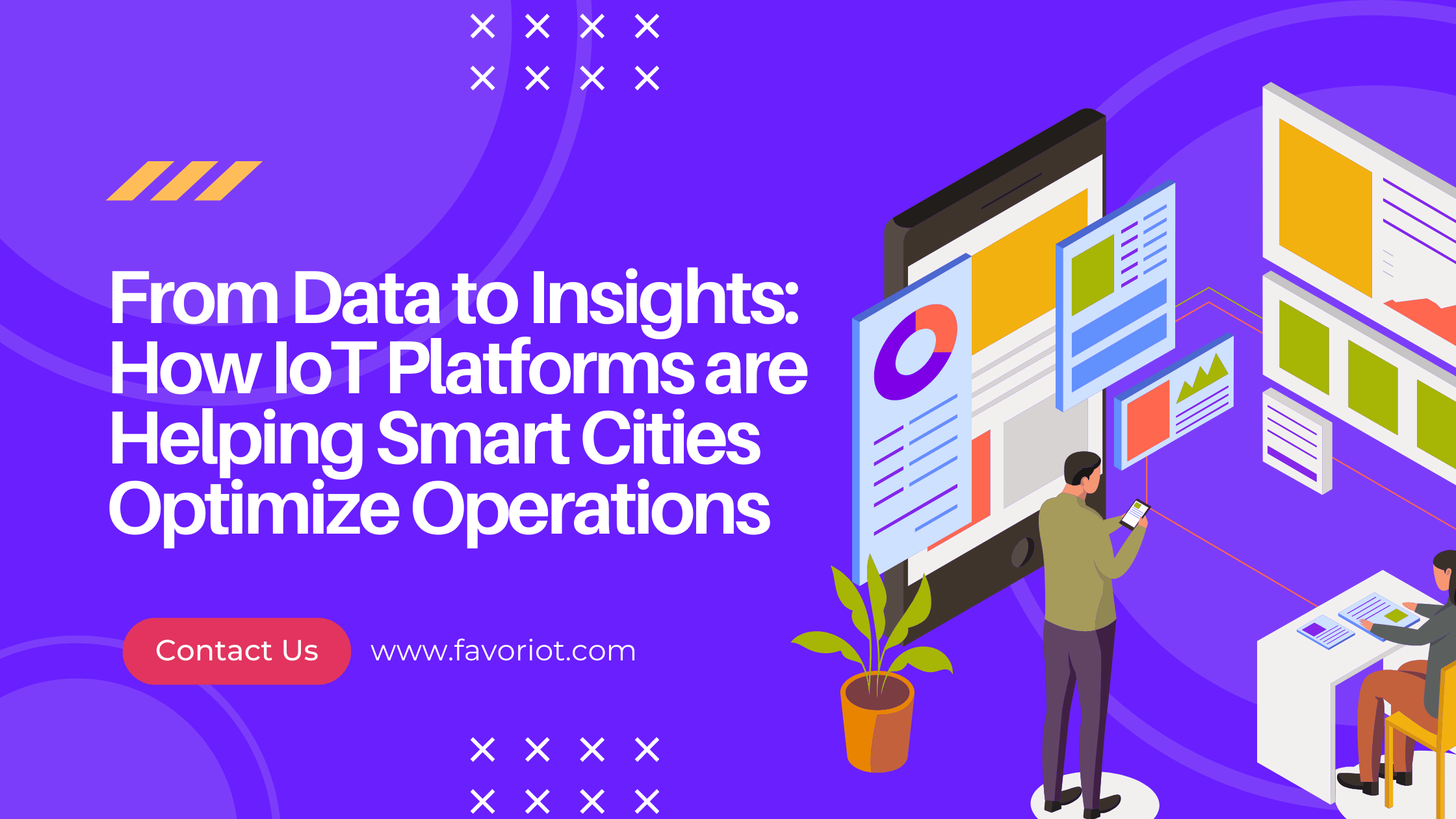
Collaborating for Success: How Universities and IoT Companies are Driving Innovation
March 21st, 2023 Posted by favoriotadmin BLOG, IOT PLATFORM 1 thought on “Collaborating for Success: How Universities and IoT Companies are Driving Innovation”Introduction
The Internet of Things (IoT) has transformed how industries collect and analyze data, including universities, in their research and development (R&D) efforts. IoT platforms can help universities collect and analyze vast data, optimize their research methodology, and collaborate with IoT companies to achieve their research goals. In this blog, we will explore how IoT platforms can help drive R&D in universities, how universities can collaborate with IoT companies to go to market, and how they can secure government research funding.
Benefits of IoT Platforms for Universities
IoT platforms can provide several benefits for universities working on R&D projects. Here are some of the ways that IoT platforms can help:
- Data Collection and Analysis: IoT platforms can help universities collect and analyze data from various IoT devices in real time. This data can provide valuable insights into student behavior, campus operations, and academic research.
- Machine Learning Capabilities: IoT platforms can help universities build predictive models based on the data collected from IoT devices. This can help researchers and administrators make data-driven decisions and create new machine-learning algorithms.
- Customizable Dashboards: IoT platforms provide customizable dashboards that enable universities to visualize data in a way that is easy to understand and interpret. This can help researchers and administrators identify areas for improvement and make informed decisions.
- Scalability: IoT platforms are highly scalable, allowing universities to add new IoT devices and expand their operations. This can help universities grow their research capabilities without worrying about infrastructure limitations.
Collaboration with IoT Companies to Go to Market
Collaboration with IoT companies can help universities go to market with their research and development projects. Here are some of the ways that universities can collaborate with IoT companies:
- Access to IoT Devices and Expertise: Collaboration with IoT companies can provide universities with access to IoT devices and expertise. This can help universities develop new IoT projects and leverage technology trends.
- Joint R&D Projects: Collaboration with IoT companies can result in collaborative R&D projects that can help universities optimize their research methodology and achieve their research goals.
- Commercialization Opportunities: Collaboration with IoT companies can provide commercialization opportunities for universities. IoT companies may be interested in licensing the university’s intellectual property or investing in spin-off companies.
Securing Research Funding from Governments
Governments can provide research funding for universities engaged in IoT R&D projects. Here are some of the ways that universities can secure research funding:
- Grant Programs: Governments offer grant programs that can provide funding for universities engaged in IoT R&D projects. Universities can apply for these grants to secure funding for their research.
- Collaborative Research Projects: Governments may fund collaborative research projects between universities and IoT companies. Universities can partner with IoT companies to secure funding for their joint research projects.
- Public-Private Partnerships: Governments may fund public-private partnerships to develop new IoT technologies. Universities can partner with IoT companies and government agencies to secure funding for these partnerships.
Case Study: University Collaborates with IoT Company in Predictive Maintenance using Data Collected from Machines using IoT Platform
In recent years, predictive maintenance has gained popularity as an efficient and cost-effective way to maintain machines and prevent unexpected downtime. Predictive maintenance uses data analysis to identify machine wear and tear, enabling maintenance personnel to schedule maintenance activities before a breakdown occurs. One University collaborated with an IoT company to develop a predictive maintenance solution using data collected from machines.
This University collaborated with an IoT company to develop a predictive maintenance solution using data collected from machines. The University used the IoT platform to collect data from various machines on campus, including HVAC systems and laboratory equipment.
The collaboration resulted in a successful joint R&D project that provided valuable insights into machine wear and tear. By analyzing the data collected from the machines, the University could identify patterns and predict when maintenance was required. This enabled maintenance personnel to schedule maintenance activities before a breakdown occurred, reducing downtime and saving costs.
The IoT platform provided the University with customizable dashboards that allowed them to visualize data in a way that was easy to understand and interpret. This helped researchers and maintenance personnel identify areas for improvement and make informed decisions.
The collaboration also resulted in a successful commercialization opportunity for the University. The IoT company wanted to license the University’s predictive maintenance solution and invest in spin-off companies.
The success of this collaboration has demonstrated the potential for universities to collaborate with IoT companies in developing predictive maintenance solutions using data collected from machines. Universities can stay ahead of the curve by leveraging IoT platforms and collaborating with IoT companies, significantly contributing to predictive maintenance research.
Conclusion
In conclusion, IoT platforms can potentially revolutionize research and development at universities. By collecting and analyzing vast amounts of data in real time, universities can gain valuable insights into various aspects of campus life, student behavior, and academic research. Additionally, IoT platforms provide customizable dashboards and machine learning capabilities, enabling researchers and administrators to make informed decisions and create new predictive models.
Collaboration with IoT companies can further enhance universities’ R&D efforts. Universities can access the latest technology trends, IoT devices, and expertise by partnering with IoT companies. Joint R&D projects with IoT companies can help universities optimize their research methodology, achieve their research goals, and even go to market with their innovations.
Finally, governments can provide funding opportunities for universities engaged in IoT R&D projects. Universities can access much-needed research funding by securing grant programs, collaborating on research projects with IoT companies, and participating in public-private partnerships.
Overall, combining IoT platforms, collaborations with IoT companies, and government funding opportunities provides a promising future for universities engaged in IoT research and development. By leveraging these tools, universities can stay ahead of the curve and significantly contribute to IoT research.
Further Readings
- Why Developing a Complex IoT Platform In-House Can Be More Trouble Than It’s Worth
- Choosing the Right IoT Platform: Pros and Cons of Vertical vs. Horizontal Solutions
- The Pros and Cons of Using Public and Enterprise IoT Platforms
- Simplifying IoT Development: Why You Need an IoT Platform
- Revolutionize Your IoT Skills: Register Now for FAVORIOT’s Discounted Training
- Unleashing the Potential of IoT: How to Kickstart Your Project

